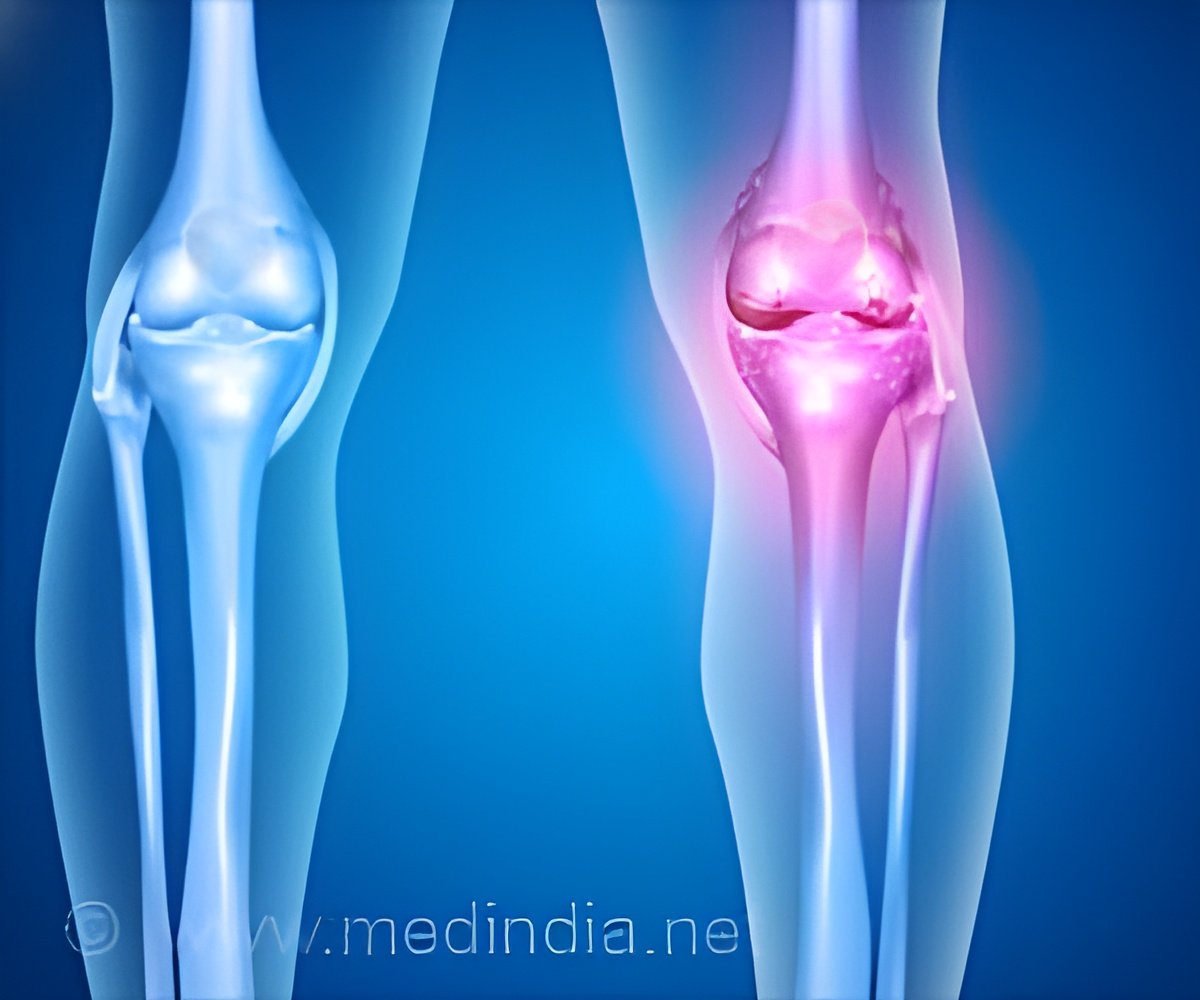Increasing cloudiness during the summer in Britain could be an important reason for the mysterious increase in Rickets among British children.

TOP INSIGHT
Britain receives lower summer sunshine than other parts of the world and hospitalizations due to rickets have been increasing.
"Sea surface temperatures are getting warmer over the North Atlantic, and are known to fluctuate every 60 to 80 years," says Majeed. "After the mid-1990s, North Atlantic sea surface temperatures entered a warm phase, decreasing average summer atmospheric pressures and causing more rain, and less sunshine, in the UK."
They found that median incidences of Rickets, which had been declining since the 1960s, almost doubled between 1997 and 2011, going from 0.56 cases per 100,000 British children to 1.01 cases. In the UK, health experts have determined that six hours a month of sunshine is needed to produce enough vitamin D in people's skin. But since the mid-1990s, increasing cloud cover has deprived the islands of about four hours of sunshine per month in the summer. Since the mid-1990's, the UK has received only an average of 183 hours of sunshine per summer month.
"Nobody thought of the sun," says Majeed, who is completing a Master's in Diagnostic Imaging, and hopes to work with big data in the emerging field of time series analysis. "Climatologists knew that the UK receives lower summer sunshine than other parts of the world, but no one ever thought of the effect it had on specific health implications, such as Rickets."
The duo studied Britain because it has the longest record of Rickets, extending back to the 1960s.
Majeed's unusually broad academic background has taught him that physicians and scientists should collaborate more on interdisciplinary research and take a more holistic approach to disease mechanisms.
The complete research is published in the journal Scientific Reports.
Source-Eurekalert
 MEDINDIA
MEDINDIA


 Email
Email





